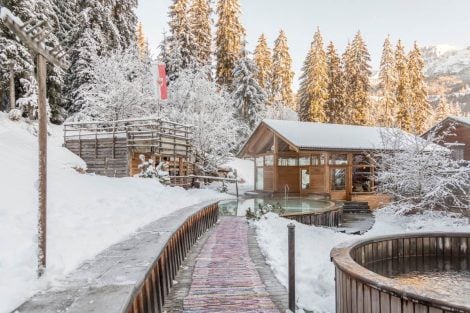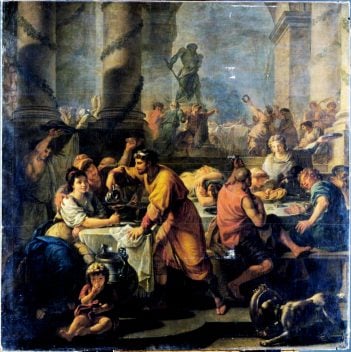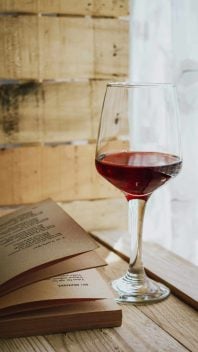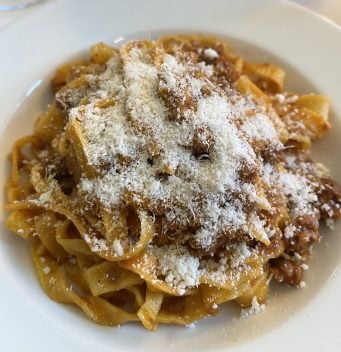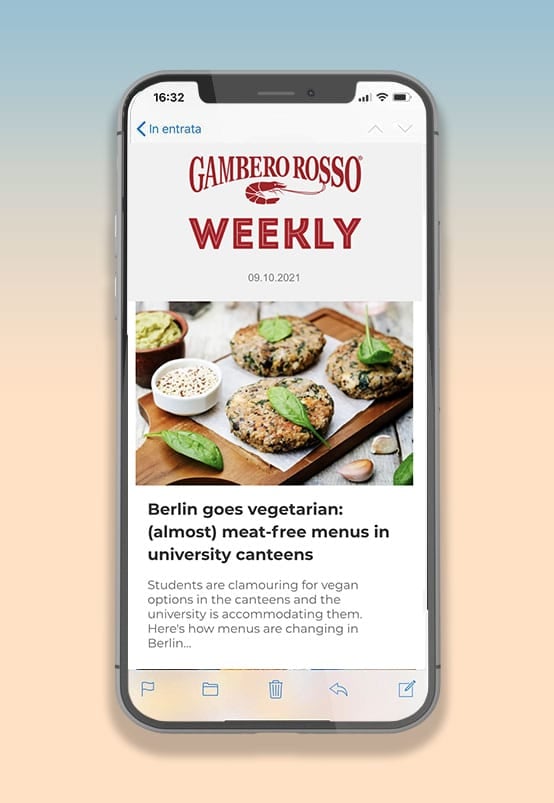We find ourselves in front of a Blanc de Blancs from Sussex and a slice of salami from Oltrepò Pavese. At the table sits the entire Signorvino team: Sandro Veronesi, Federico Veronesi, and general manager Luca Pizzighella. They look pleased: “We’ve just acquired a gem and can’t wait to link it with a new communication strategy and a packaging proposal that keeps up with the times,” begins Federico. He doesn’t name names, but lets slip Piemonte, production of Barolo and Barbaresco – but not only.
Signorvino means 42 wine shops across Italy and is part of the Oniverse group (turnover of €3.5 billion), which also includes the brands Calzedonia, Intimissimi, Tezenis, and Oniwines. The latter is headed by Federico Veronesi and brings together wineries such as Tenimenti Leone in the Castelli Romani, Podere Guardia Grande in Sardinia, La Giuva in Valpolicella, Villa Bucci in the Marche, and the new Piedmontese venture. “And in September we’re unveiling the Trentodoc project at 1,000 metres altitude,” Federico adds enthusiastically.
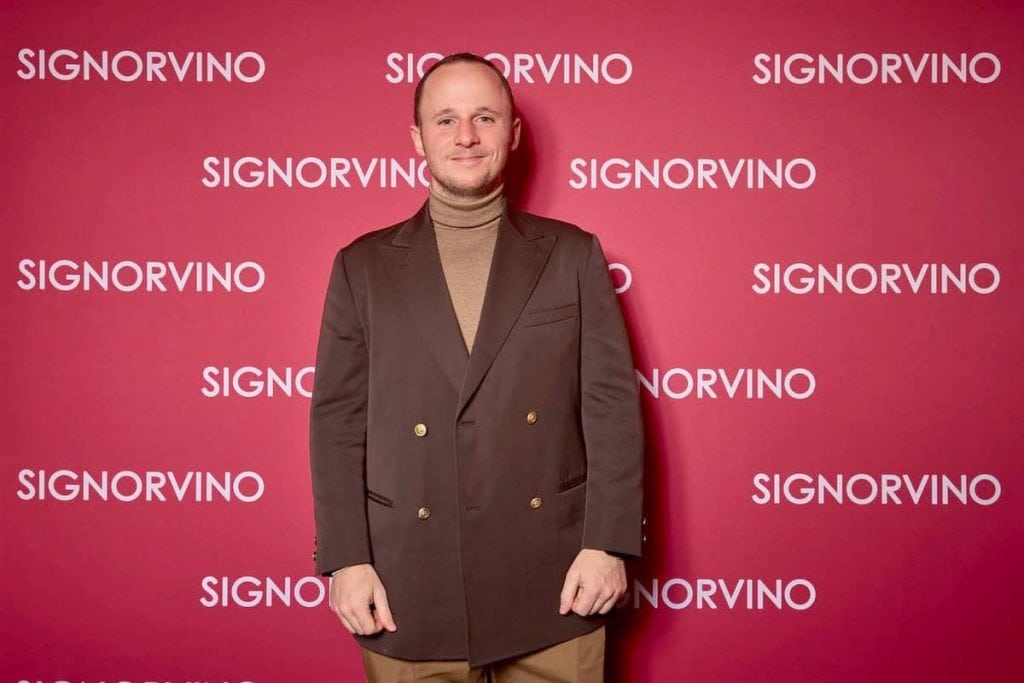
Federico Veronesi
Back to basics
A constant relaunch in a particularly complex moment for the wine world. Let’s get straight to it: is wine really in crisis?
“To be honest, not just wine. There’s an oversupply in every sector, worldwide. Consumption is flat, personal income hasn’t grown, and fewer people can afford it,” says Sandro.
The solution? “To meet desires and aspirations, not just needs. We need to create aspiration, to offer something extra,” he explains. “That way we shift the conversation. Yes, the sector may be stagnant, but there are companies within it that are doing very well. It’s about spotting the trends and believing in them.”
And while many traditional wine shops continue to shut down across Italy, Signorvino is pressing forward with its expansion plan. We try to understand how, with Pizzighella: “We also have two locations abroad, in Paris and Prague, but we want to consolidate in Italy. The goal is one location per city. The model works because it simplifies and breaks down the traditional communication style of the wine world.”
We ask for clarification: “There are too many layers. You need to start from the premise that, on average, people know nothing about wine. So you have to be simple, understandable, without dumbing things down. We’ve created a convivial space where you can get advice, but also enjoy much more – from social events to music – creating opportunities to fill that glass and bring people closer to wine,” he adds.

Social strategy
They’ve developed a managerial approach to remove the self-referential filter typical of the sector. The Signorvino formula is always the same, and reassuring. The format includes a kitchen running on a no-frills menu.
The food? Mainly cheeses and cured meats, four first courses, four main courses. Straightforward, with a few regional recipes and around 2,000 wine labels. And despite current trends, red wines still account for about 45%: “Right now, whites and sparkling wines are growing more, while sweet wines are completely flat,” Pizzighella analyses.
To understand what sets Signorvino apart from other wine shops, just look at their social media – from TikTok (over 100,000 followers) to Instagram, where the tone of voice is often ironic and very direct. A scalable model with no equal in Italy, and very few in Europe.
By the second glass, we ask for thoughts on dealcoholised wine: “We’re from Veneto!” exclaims Federico. “We’re observing the phenomenon, but with scepticism. For now, we don’t offer any, but we’re monitoring. It seems like a very artificial process to me.”
And to him – born in 1992 – we ask how true the mantra is that young people are drinking less. “It’s now clear that the habit of a daily glass of wine at lunch and dinner no longer exists. Consumption has mostly shifted to the weekend. But watch out – at the weekend, people don’t usually hold back,” he notes.
And while the approach to wine is happening later in life than a few years ago, under-30s are more attracted to immediate drinks – quick to understand and consume. “Wine today needs a different narrative, a more direct and emotional language that can engage people. We should be watching how other sectors move – like beer or cocktails – which know how to communicate better with new generations.
That said, yes, people drink less – but they spend more. Because today, people are looking for the designation, the story, the winery brand. The perceived value – and therefore also the economic value – of wine is rising. It all depends on the target audience,” he concludes.

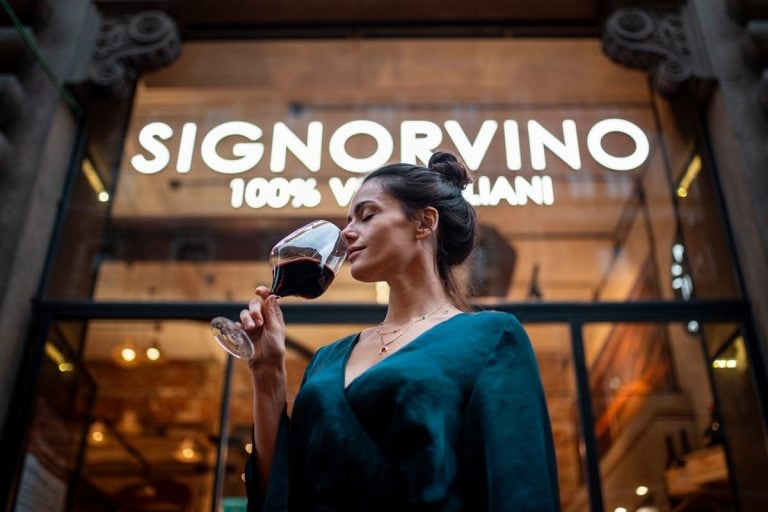
 Brigitte Bardot’s final rosé: the wine that marks the end of an icon
Brigitte Bardot’s final rosé: the wine that marks the end of an icon What you need to know about Italy's new decree on dealcoholised wine
What you need to know about Italy's new decree on dealcoholised wine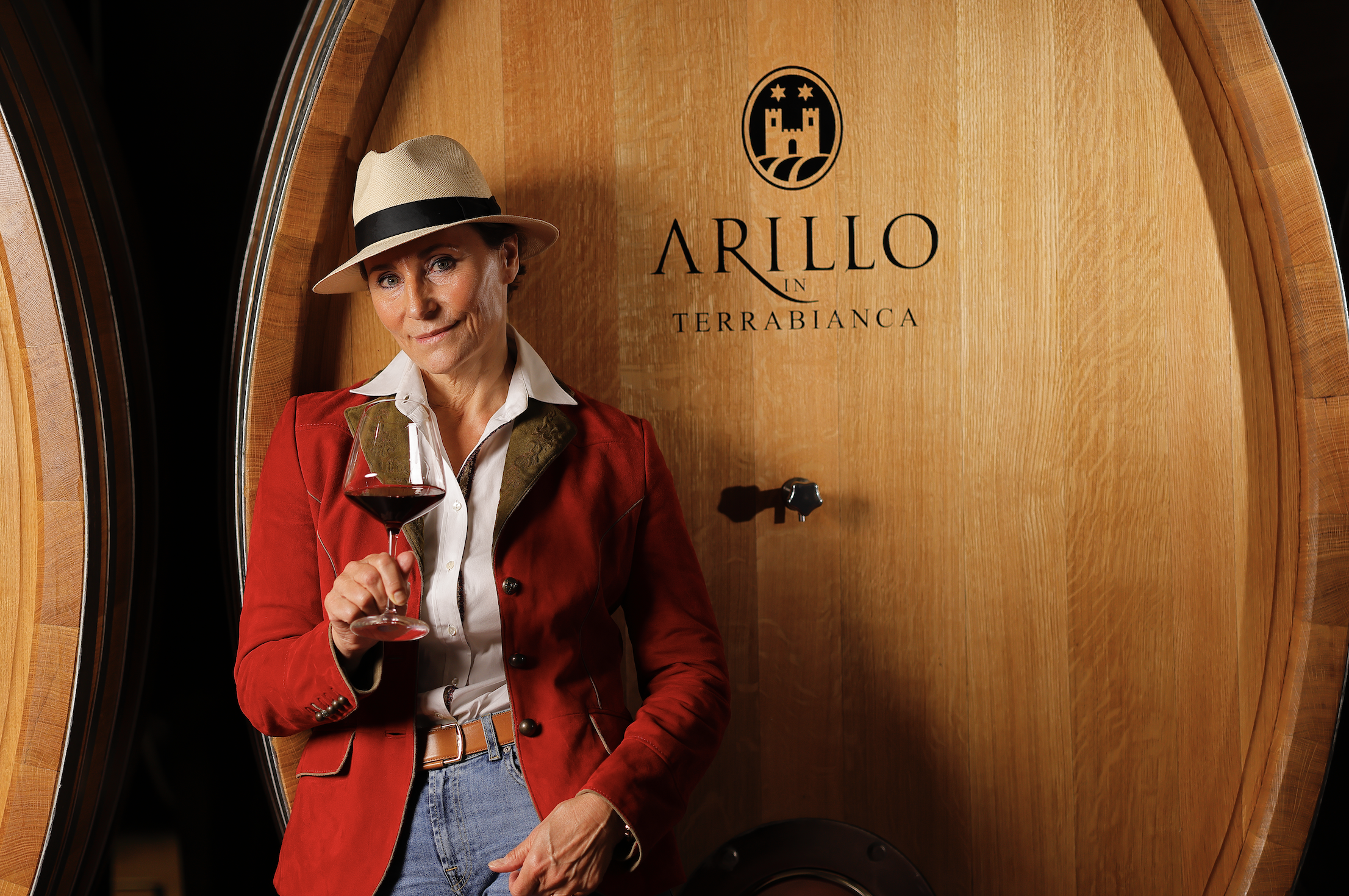 Why Arillo in Terrabianca's organic approach is paying off
Why Arillo in Terrabianca's organic approach is paying off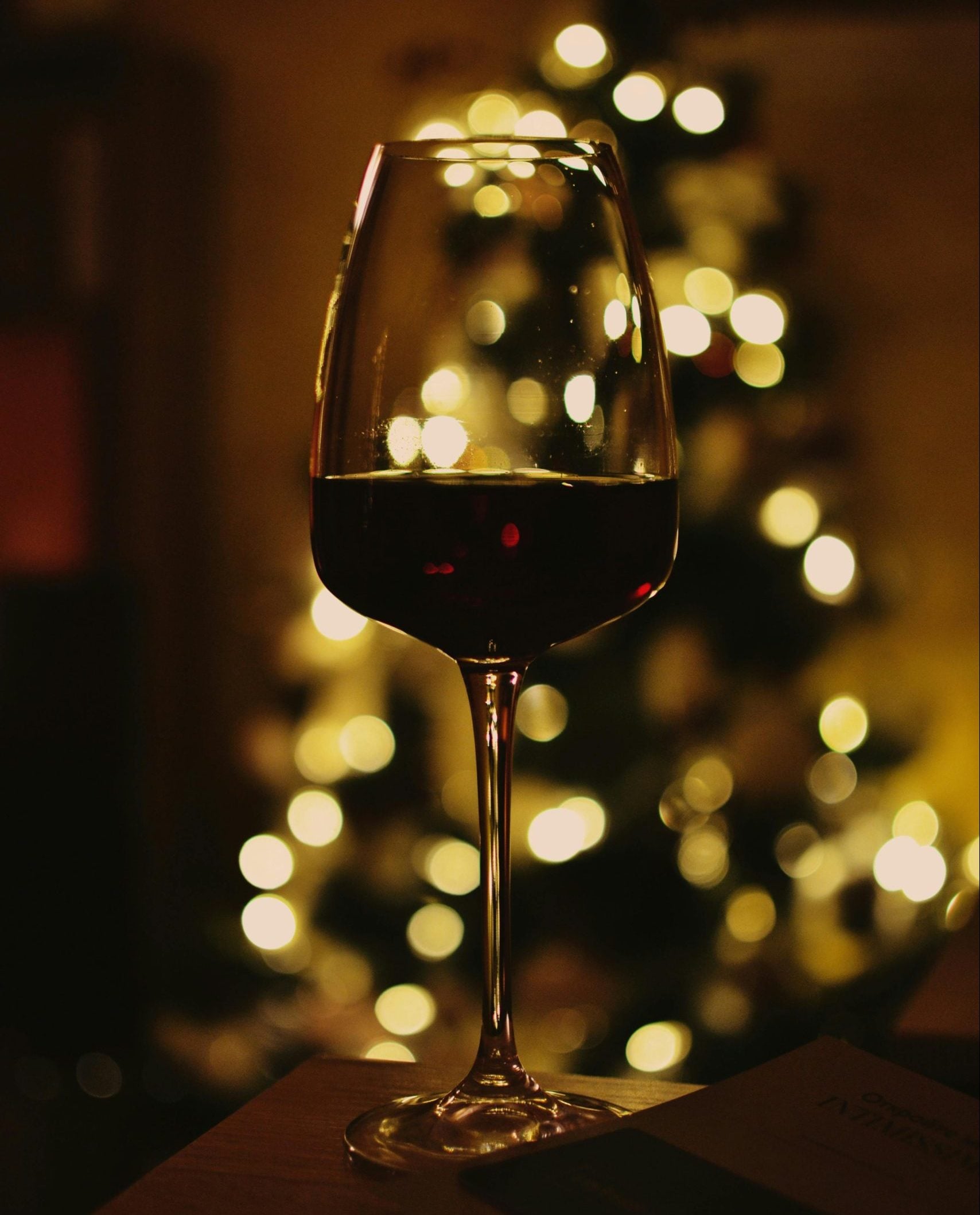 What do sommeliers drink at Christmas?
What do sommeliers drink at Christmas?